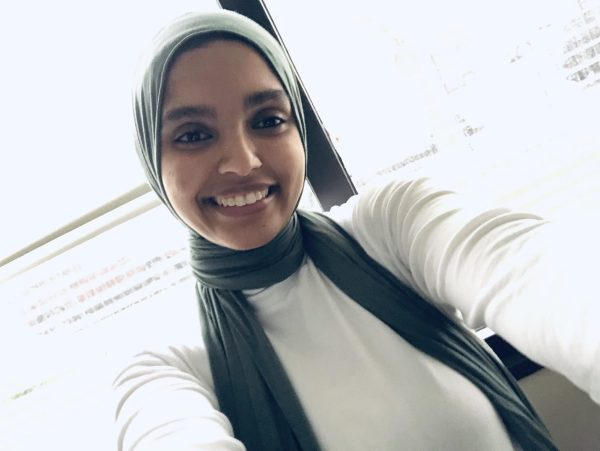A reflection of the segregation within St. Louis
A Look at Race within the Community
As someone who has started riding the Saint Louis MetroLink system for the first time this year, I have made some very stark observations. The faces of the strangers I see are many, but almost all tend to be a reflection of the struggles of life. Lacking access to a car, there are many who ride the Metro simply to get to and from work or school. There are those who are unhoused, simply looking for their next destination or ways to spend their time. There are the occasional few who are there to explore, wondering at all that the city has to offer. Sometimes the security guards walk around aimlessly talking to their colleagues about the strange few encounters they’ve had with some of the passengers. The Metro is a vast and diverse place, composed of people coming from all walks of life. However, if there is one thing that I have seemed to notice above all, it is that a majority of those who I have come across on the Metro tend to be Black. As the weeks went by, my interest in this grew. One question kept coming up: after multiple movements and moments in history of people fighting for Black rights, why is it that St. Louis is still considered to be one of the most segregated cities within the U.S?
In the beginning, my research led me to a trend called “white flight.” According to a SAGE Journal Article, Just the Way Things Are Around Here, thousands of white people left the city beginning in the early 1950s in favor of creating their own lives and communities in the suburbs, separate from people of color (Benton, 2018). Leaving behind the city, they established their own communities with access to food, homes, business, and more. Meanwhile Black people in the city often struggled to find affordable housing, health care, schools and jobs to fulfill their daily needs, a struggle that still continues to this day. This is why there is such a drastic difference between St. Louis City and County today.
According to STLPR, St. Louis Public Radio program, in the early 1900s, thousands of homes were also prohibited from being sold to Black people. Documents and deeds on homes included language stating the prohibition to “sell, convey lease or rent to a negro or negroes.” Control of who lived in what neighborhoods was maintained by the local government and homebrokers for the “mutual benefit of the signer to preserve the character of said neighborhood as a desirable place… for persons of the Caucasian race and maintain the values of their respective properties.” By having the local government oversee the selling and leasing of homes, a white society could create their desired image of the city. Many Black people were forced into living in North City because of these deeds, whereas, many white people lived in South City. Both groups were and are largely separated by Delmar Blvd, a line that has created an obvious social and economic divide between the two communities even to this day. Home prices on both sides of the line are different, average salaries are different, schools, affordability, safety and an endless list of other things, all of which present an issue on one side and not so much on the other (Benton, 2018).
A recent visit to the SLU Tunnel of Oppression also revealed a few new insights. The Tunnel of Oppression was a project organized by SLU’s Center for Global Citizenship where multiple residence halls created projects, fliers or activities displaying the various issues within St. Louis or college life. I went with a friend who pointed out a curfew that was issued decades ago specifically for Black people, who, if they weren’t compliant, would be beaten. Another display revealed a sample literacy test from the 1900s that Black people would have to complete if they wanted to vote. It was composed of absurd questions that were strangely worded, difficult to understand, and asked them to do tasks that were designed for them to purposefully fail. This only continued to further show me the unfair treatment that has always been placed on Black people from the government and white society simply because of the color of their skin.
The human race is a complex creation, one that has filled the Earth with a complicated history and past. One can question the actions that we as beings have inflicted upon one another and wonder why such crimes have been committed against our own kind. St. Louis is a city filled with a mixed history, as is any city or country. Immigrants, slaves and people from all walks of life have come and settled here, integrating their own selves and hearts into this city in pursuit of a better life. Unfortunately, decades and centuries of fighting for equal rights have not led to equality. The Delmar Divide is still a very prominent force in the city, affecting the lives of many today. However, I believe that equality is a concept that should constantly be pursued, not something to be settled for. As the saying goes “nothing comes for free,” and we, as students and citizens of the world, must constantly strive for what we believe is right and for the betterment of humanity in order to live in a world where all are treated with respect and dignity. This way the MetroLink will no longer be seen as a place of distrust and danger, or a system only used by minorities, but instead become a method of transportation used by all peoples of society, where those who meet create a long lasting effect on one another, allowing people to open up and converse, only improving each other’s day.
Your donation will support the student journalists of Saint Louis University.




